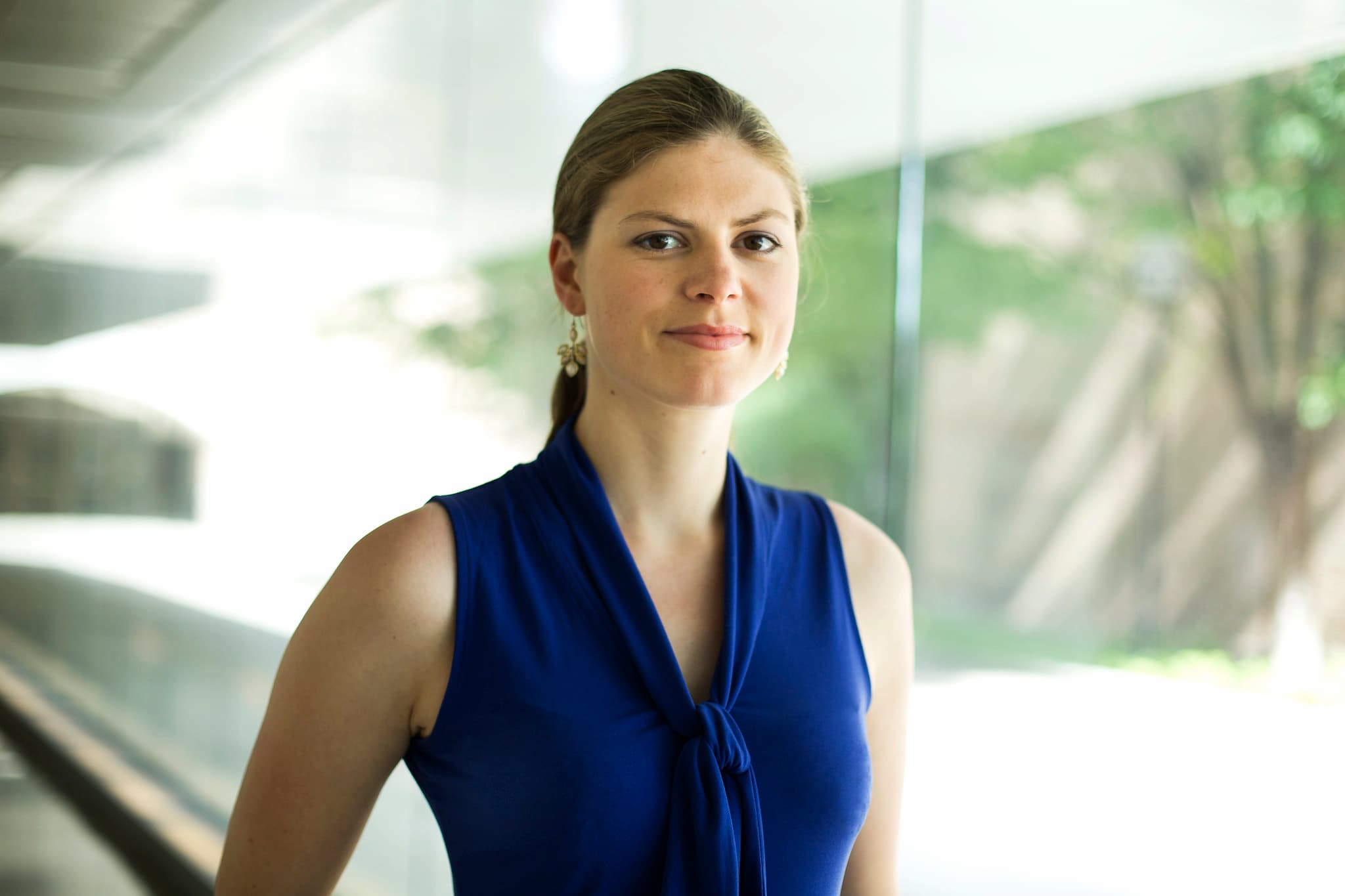Louise Willingale, an associate professor in the Electrical and Computer Engineering (ECE) and the Nuclear Engineering and Radiological Sciences (NERS) departments at the University of Michigan, has been awarded funding by the U.S. Department of Energy for research in high-energy-density (HED) science. The project, supported by the DOE Office of Science and the National Nuclear Security Administration, aims to understand the direct laser acceleration (DLA) mechanism that transfers the laser pulse energy to an electron beam and then produces secondary radiation like X-rays.
Willingale’s project focuses on finding the optimal conditions for DLA. The process is complex because it depends on the evolving conditions of the laser pulse and the plasma conditions. First, the laser pushes on the electrons to form a channel as it travels through the plasma. Then the electrons oscillate within the channel, gaining energy from the laser to form a high-energy beam. The oscillations also produce bright, directional X-rays traveling along with the electron beam.
The experiments for the project will be performed on the OMEGA EP facility at the Laboratory for Laser Energetics in Rochester, New York. OMEGA EP is a world-leading facility offering 2 high-energy short pulse beamlines. “This offers a fantastic opportunity to perform dual pulse experiments, or pump-probe experiments where one beam creates the high-intensity interaction of interest and the other can create a radiation probe to interrogate the system,” said Willingale. “This project can take advantage of both these capabilities.”
Collaborators on the project include Professor Alexey Arefiev and his team from the University of San Diego who take the lead on theory and simulation for the project, as well as collaborators from the Laboratory for Laser Energetics and Lawrence Livermore National Laboratory.
